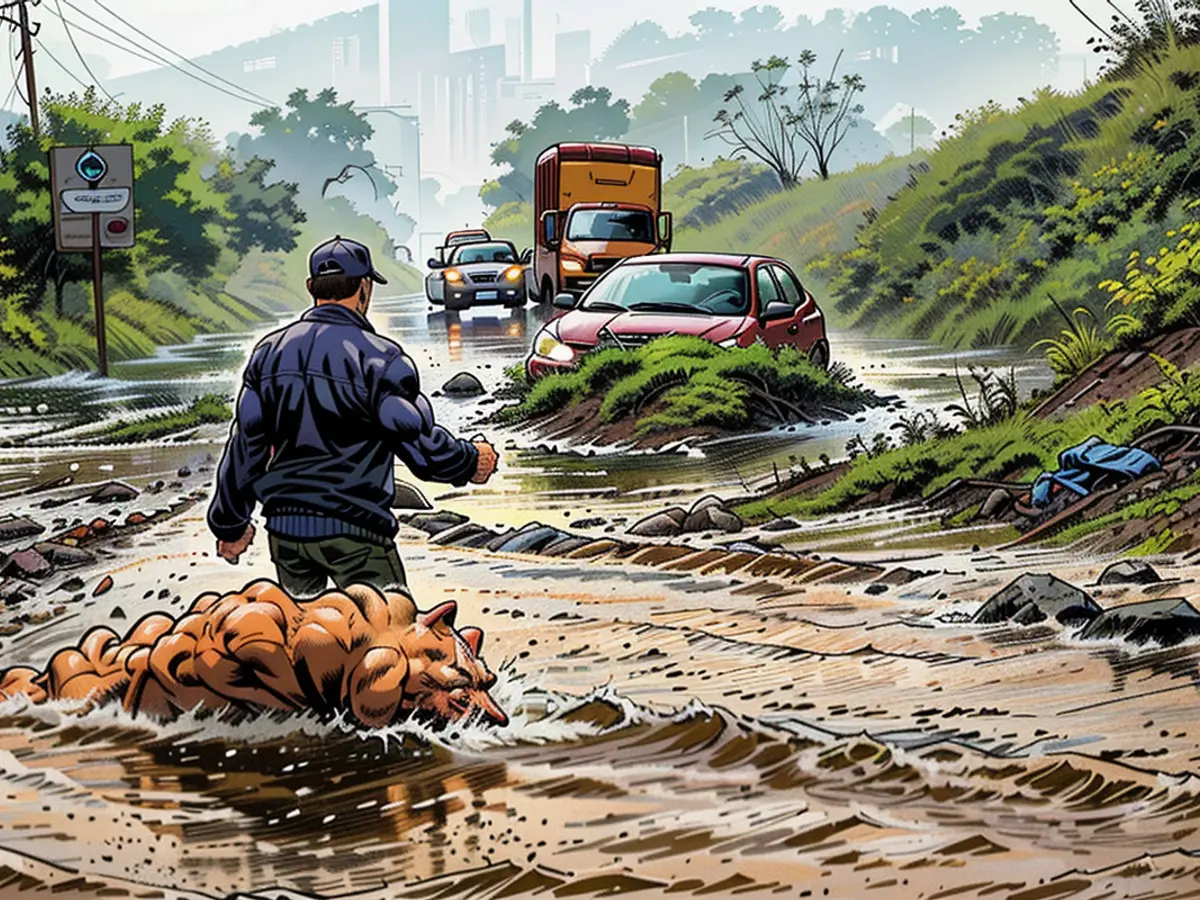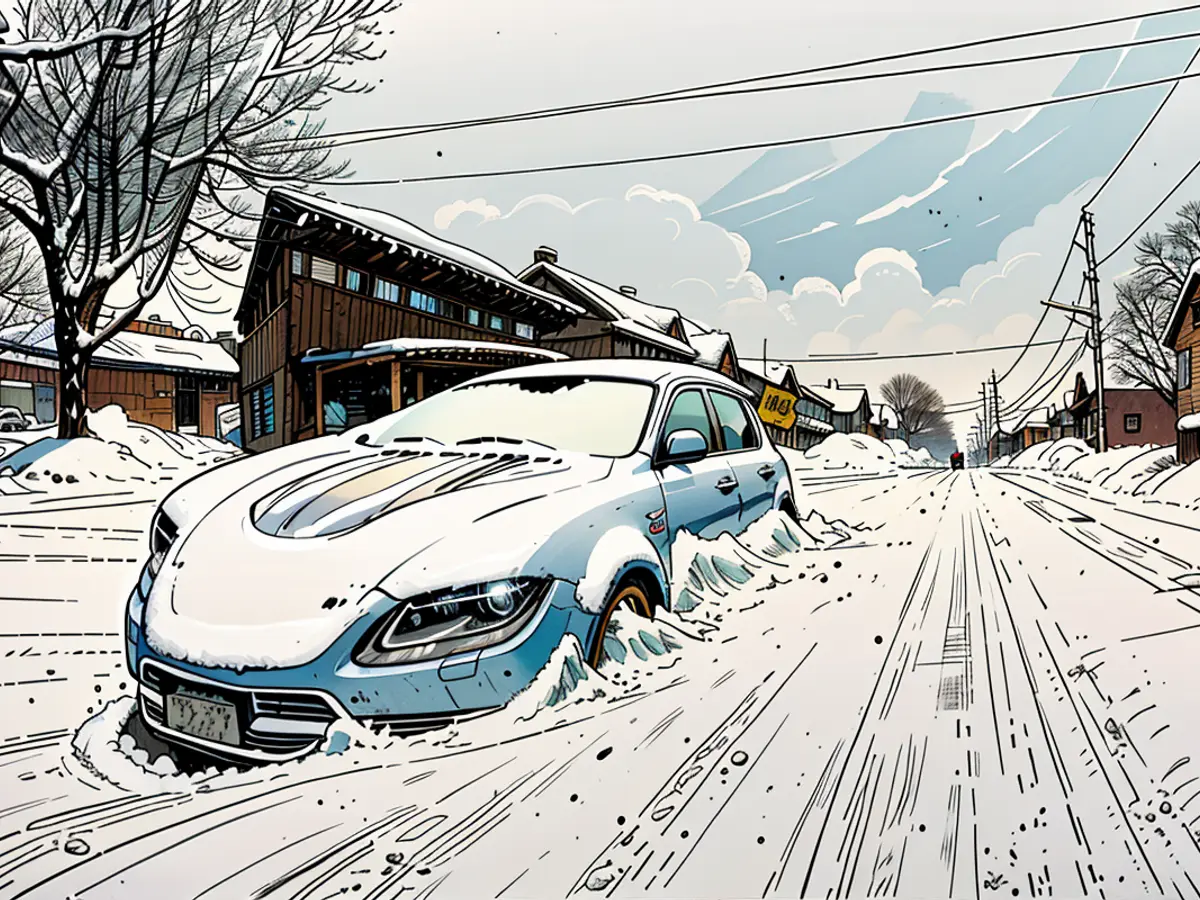Like ‘little bombs,’ soda cans are exploding on Southwest flights. Here’s why
There were more than 100 reports of soda cans exploding on flights in June, Southwest flight attendant union president Bill Bernal told CNN, some of which have injured flight attendants. Bernal predicted nearly three times as many reports of exploding cans by the end of July.
The issue has been happening “for years,” but this year has had more incidents than normal, he added.
Southwest Airlines wouldn’t comment on the number of incidents and injuries or their nature, but confirmed to CNN the issue is occurring.
The hazard is unique to Southwest because the airline doesn’t serve perishable items and so it isn’t required to have refrigerated trucks or storage, CBS News reported. This can expose the cans to extreme conditions heat at several airports in the hottest parts of the country: Las Vegas, Phoenix, Houston and Dallas.
The cans containing carbonated beverages are under such immense heat-driven pressure they are like “little bombs” capable of rupturing with the slightest movement, even when they aren’t being opened, according to Kate Biberdorf, a chemistry professor at the University of Texas at Austin.
“I don’t want to say that to scare people, but that’s really what you should think of them as,” Biberdorf cautioned.
“We’re aware of the issue and have been taking steps to keep onboard beverages cooler, especially in our airports experiencing extreme temperatures,” a Southwest spokesperson said in a written statement.
Extreme heat has been plentiful this year as fossil fuel pollution drives more frequent and intense heat waves. Around 100 cities in the US are experiencing their hottest summer on record so far, including Southwest hubs Phoenix and Las Vegas.
Southwest and the union representing its flight attendants told CNN they were working together on efforts to mitigate the issue.
Those efforts include using refrigerated provisioning trucks and trailers for transportation and storage of carbonated beverages and using temperature guns to measure cans and determine if they can be loaded onto an aircraft safely.
“Both the short term and long term fixes are actual engineered fixes that should eventually all but eradicate the exploding can issue at Southwest Airlines,” Bernal said.
How cans can become ‘little bombs’
Extreme heat and carbonation don’t mix. Even if the issue goes away at Southwest, it can happen anywhere.
The carbonation in a soda or sparkling water is produced by adding carbon dioxide gas to a liquid base, mixing it together and sealing it up.
The carbon dioxide fights to return to its original gas state, which is why soda and other carbonated beverages are bubbly. It’s also why any carbonated drink goes flat when left open for a considerable time – all the carbon dioxide gas leaves the liquid and escapes into the air.
When a can of soda is exposed to heat, the carbon dioxide gas in the mixture separates and expands, exerting pressure on the can from the inside, Kate Biberdorf told CNN.
Soda cans are engineered and designed to handle reaching a pressure level between three to six times the can’s normal pressure, according to Biberdorf.
But if that pressure level is exceeded or if there’s any small flaw in the manufacturing of the can, it could become a “little bomb,” Biberdorf explained.
During beverage service, if a Southwest flight attendant handles or opens a can where the pressure has built up close to its literal breaking point, it could easily rupture, Biberdorf said.
Altitude likely isn’t a factor, as the cabins of aircraft are pressurized to match conditions on Earth’s surface.
But what’s happening with Southwest’s cans is the same thing that could happen to any unopened carbonated beverage can left in a hot car.
“In the summer, people will store (cans) in the car and it’s usually ok, but as soon as you start moving, you’ve added a little bit of extra force – maybe it slams against the side (of the car) – and then it explodes,” Biberdorf explained.
The extreme heat in various parts of the country, such as Las Vegas, Phoenix, Houston, and Dallas, is contributing to the issue of soda cans exploding on Southwest flights. This heat exposes the carbonated beverages to conditions that can cause the carbon dioxide gas in the cans to expand and exert pressure, potentially making the cans like "little bombs" that can rupture even without being opened.








